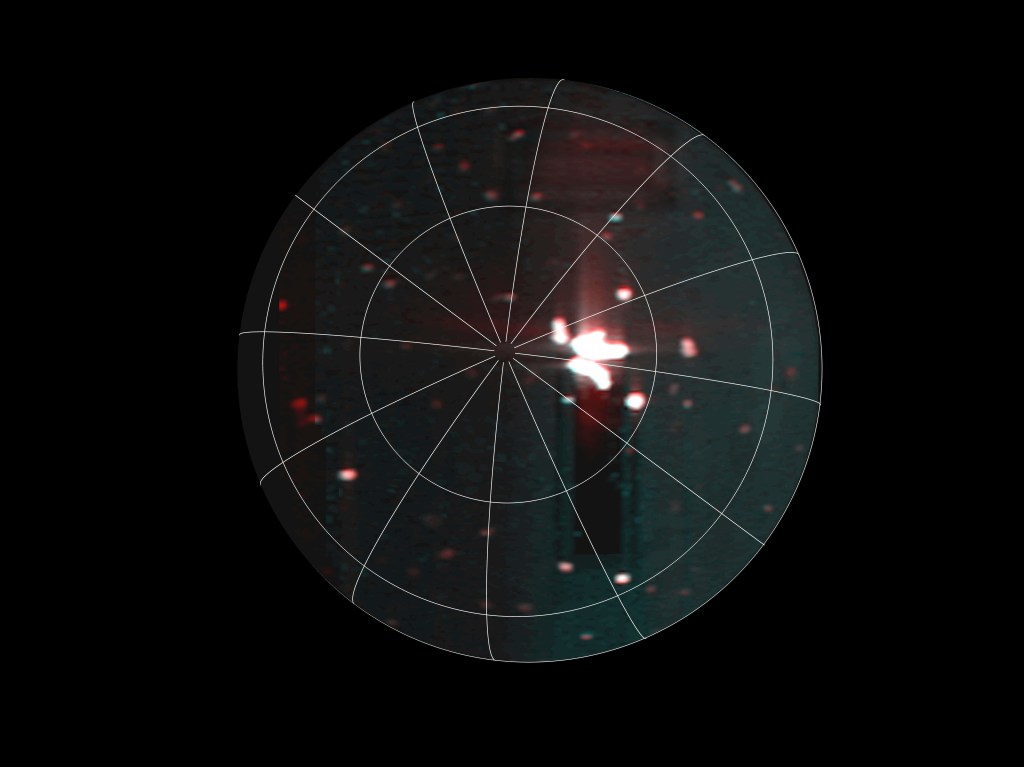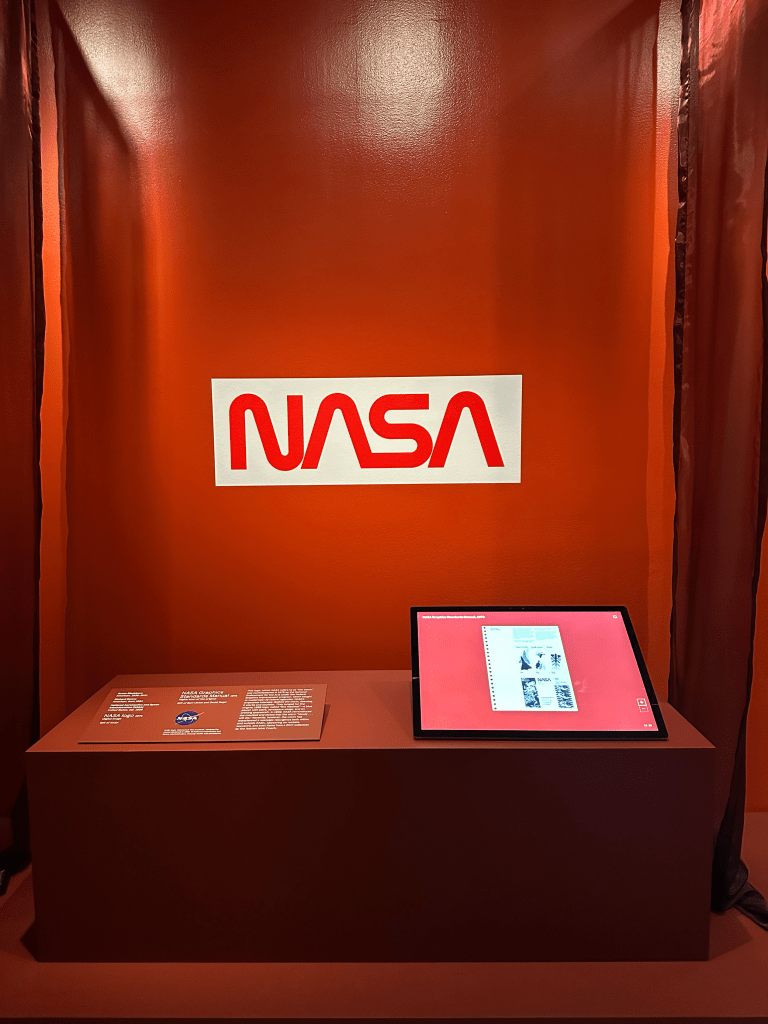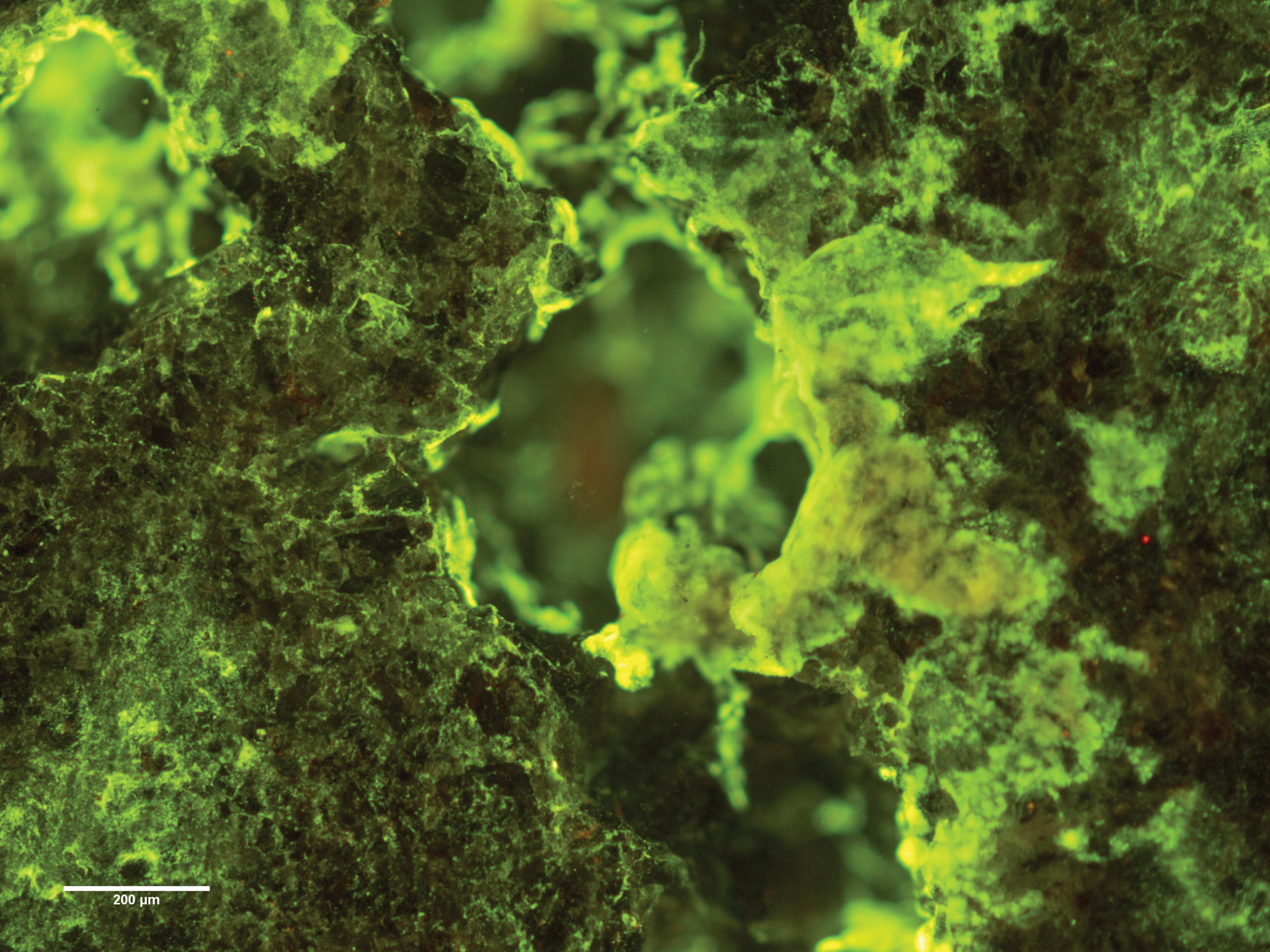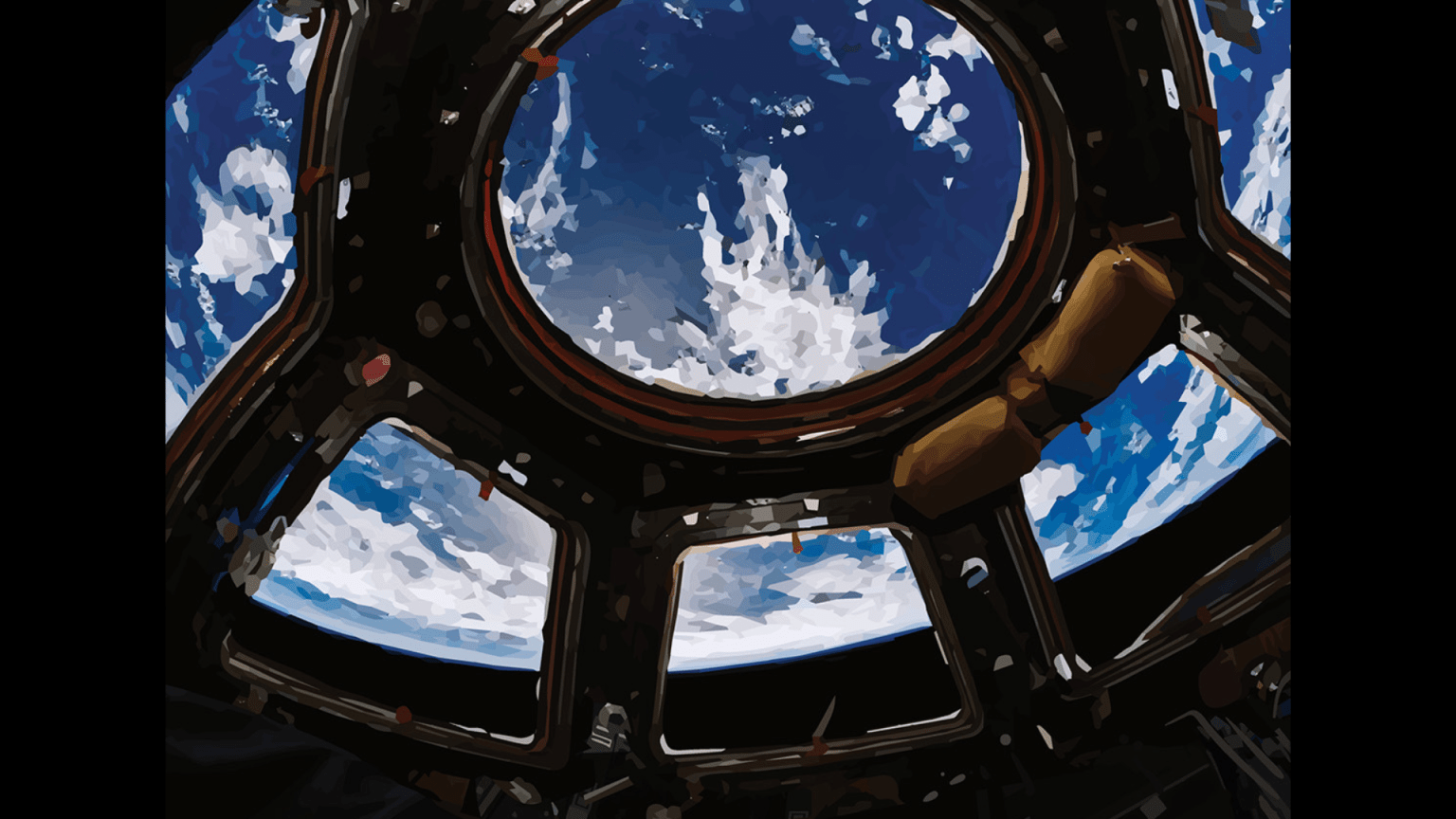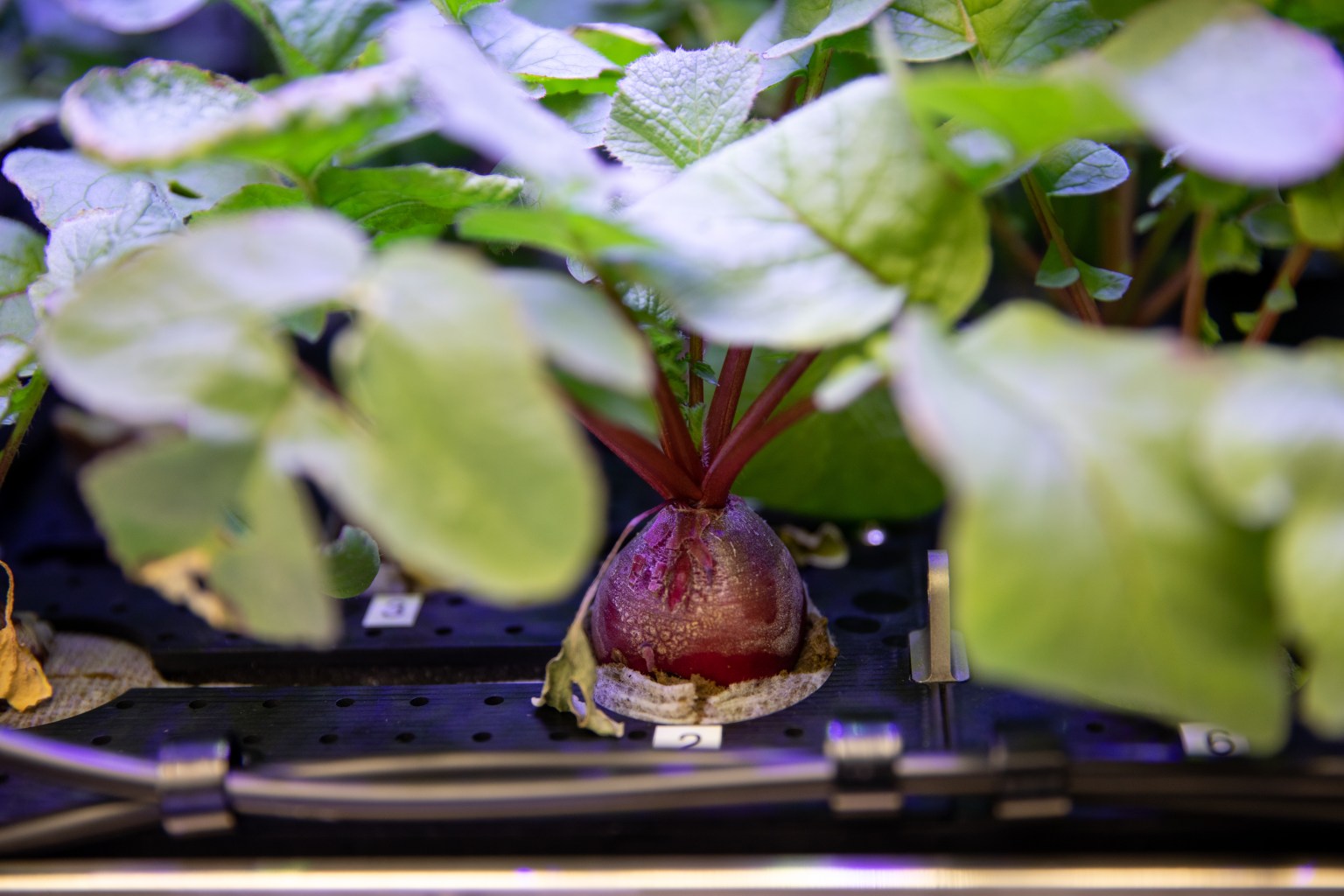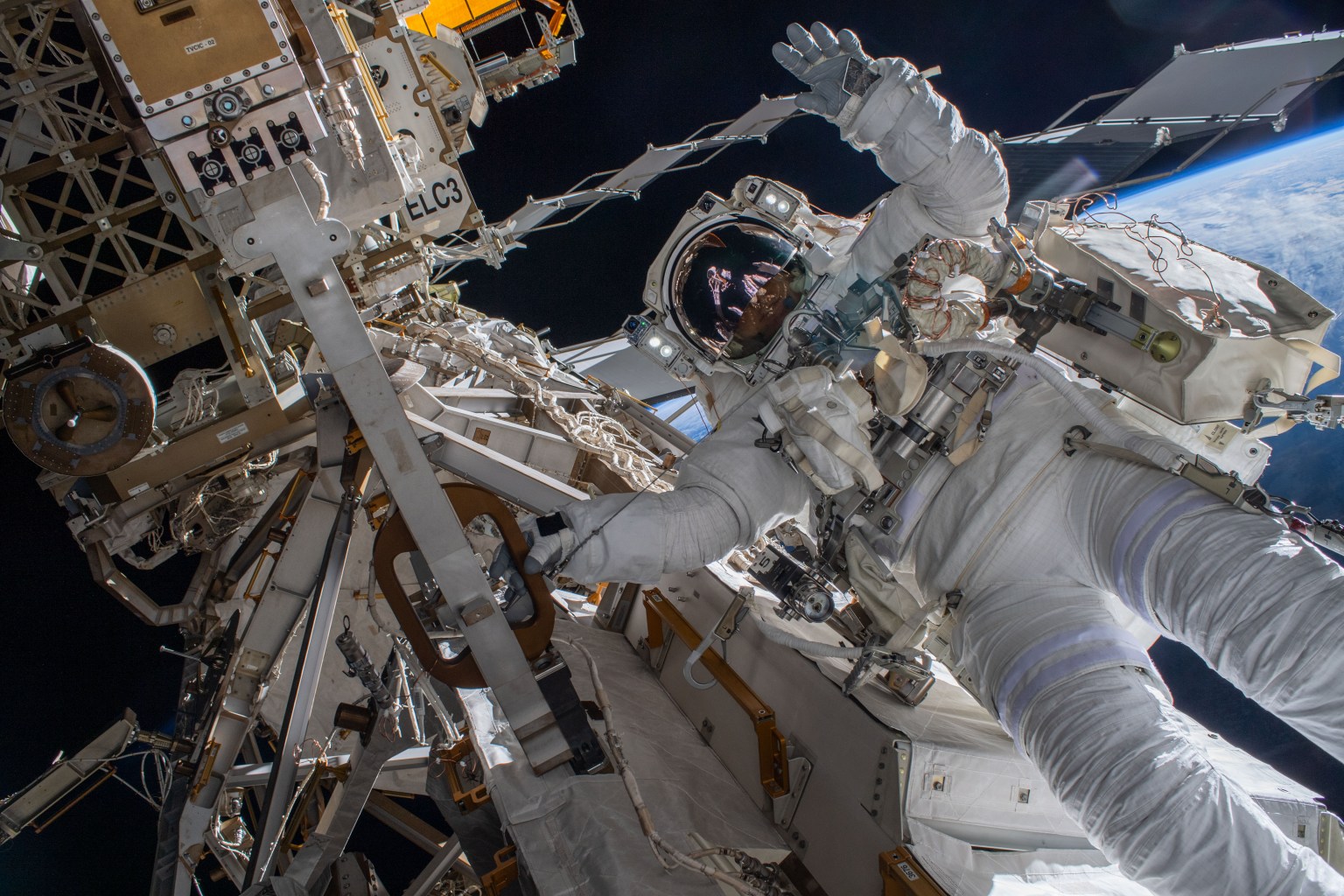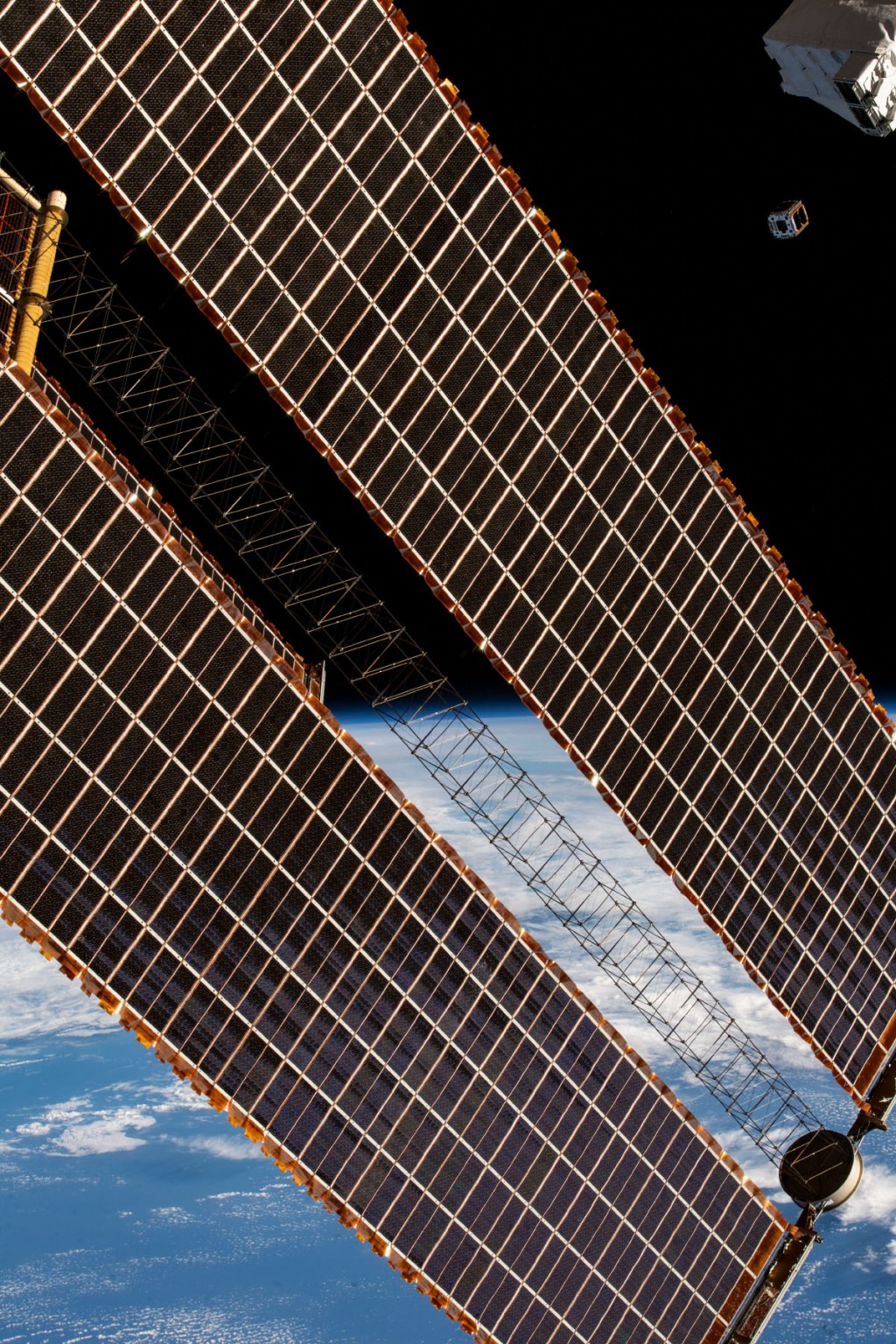From the creation of traditional tools like pickaxes and hammers to modern miniaturized electronics, civilization has always been dependent on mining, or extracting, metals from the Earth. Conventional mining methods relied on heavy machinery, fire, and human labor. However, scientists have learned to harness the natural power of microbes to help. This process, called biomining, is used on Earth as a more environmentally friendly and cost-efficient way of obtaining these necessary metals. The same process could make it possible to extract valuable elements from asteroids and allow astronauts to biomine materials they need on missions to the Moon and Mars.
“Chemical methods of remediation can be very damaging, whereas bioremediation and bioleaching is environmentally friendly, and produces fewer toxins,” said Charles Cockell, Biorock principal investigator and professor at the UK Centre for Astrobiology at the University of Edinburgh. “It is low energy demand: you give the microbes some food, and they go about their business of mining.”
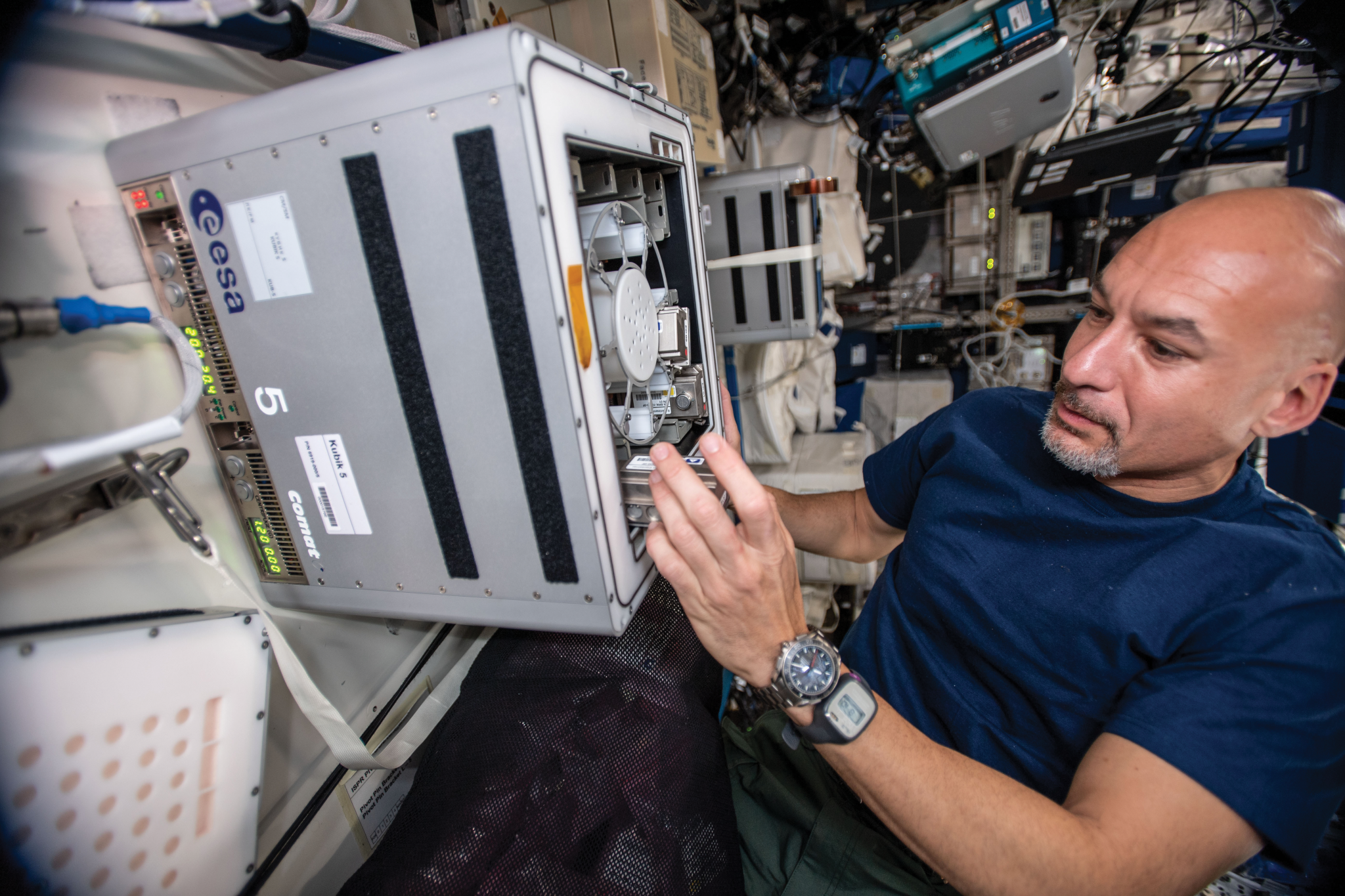
While biomining has been used on Earth to address problems of pollution such as acid mine drainage, metal extraction in space may be more complicated, as microgravity could alter basic physical properties such as convection and liquid mixing, and potentially could change how microbes attach to surfaces or form the biofilms necessary for the extraction process. In 2019, the ESA (European Space Agency) Biorock investigation conducted aboard the International Space Station demonstrated that microbes can extract elements from basalt, a common rock on the Moon and Mars. A follow-on ESA investigation, BioAsteroid, took it a step further and tested biomining on actual asteroid material. The team showed that not only is it possible for microbes to mine elements in space, but some microbes may even perform their task better under microgravity conditions. According to Cockell, this shows that it may be possible to perform biomining in space, including collecting rare elements from asteroids. The next step involves biomining in space on a larger scale.
“Right now, the bioreactors are very small. When we are using these bioreactors on a larger industrial scale, what would the effectiveness be on the surface of an asteroid?” said Cockell. “These results will help us better understand the mechanisms behind biomining and develop useful technology for Earth.”

